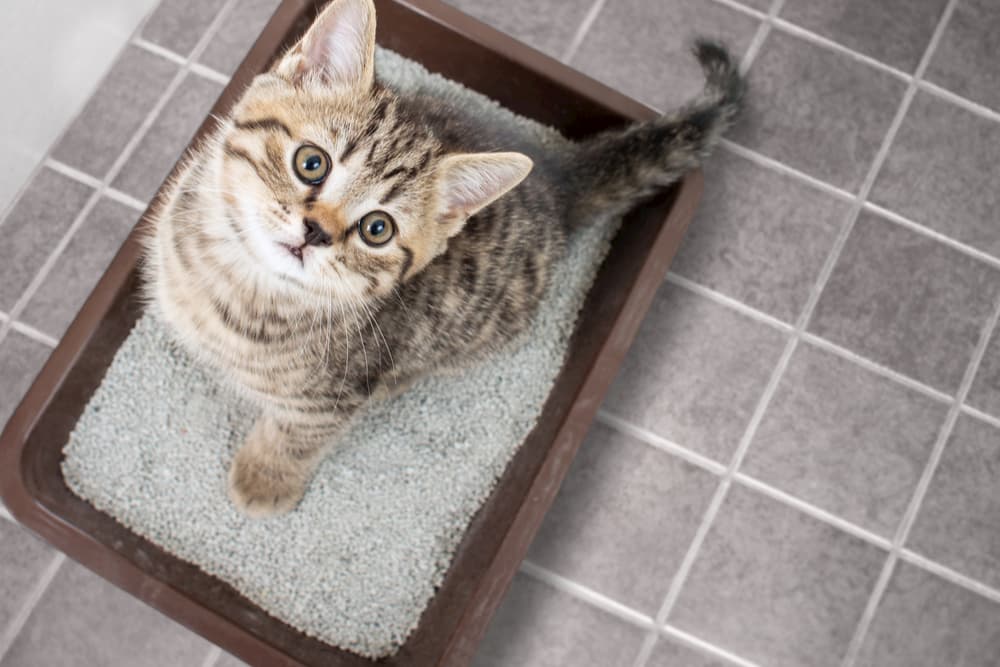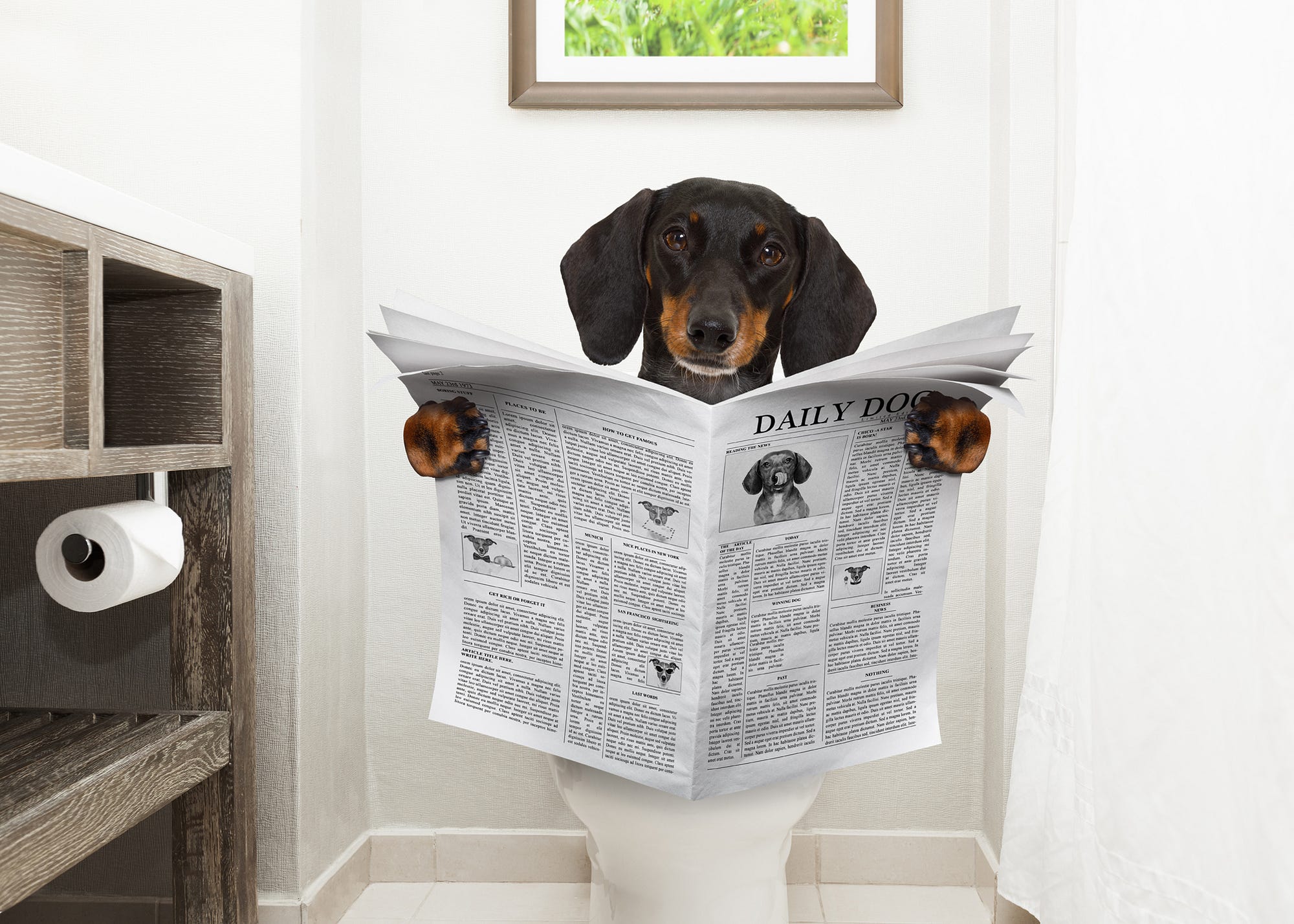Why You Need to Never Get rid of Animal Waste Down the Toilet
Why You Need to Never Get rid of Animal Waste Down the Toilet
Blog Article
Every person is bound to have their unique way of thinking with regards to 10 Things You Should Never Flush Down The Toilet.

When it pertains to dealing with waste, particularly animal waste, many people commonly consider the practical choice of flushing it down the bathroom. However, this apparently simple service can have serious consequences for the atmosphere and public health. In this short article, we'll discover why flushing animal waste down the bathroom is a bad concept and supply alternate methods for proper disposal.
Introduction
Proper waste disposal is important for maintaining ecological sustainability and public health. While it may appear harmless to flush animal waste down the toilet, it can result in various issues, both for the atmosphere and human health.
Threats of flushing animal waste
Ecological influence
Flushing pet waste introduces damaging germs and microorganisms into rivers, which can adversely affect water environments. These virus can pollute water sources and damage aquatic life, interfering with delicate ecosystems.
Public health issues
Pet waste includes harmful microorganisms such as E. coli and Salmonella, which can present major health dangers to people. Flushing pet waste down the commode can contaminate water products, resulting in the spread of conditions and infections.
Alternatives to flushing
Rather than flushing animal waste down the toilet, there are numerous alternate disposal approaches that are more environmentally friendly and hygienic.
Composting
Composting pet waste is an environmentally friendly method to throw away it. By composting, raw material is broken down right into nutrient-rich dirt, which can be utilized to fertilize gardens and plants.
Land fill disposal
Taking care of animal waste in a garbage dump is an additional option. While not as eco-friendly as composting, it is a much safer option to flushing, as it avoids the contamination of water resources.
Pet dog waste disposal systems
There are specific pet dog garbage disposal systems offered that securely and hygienically throw away pet waste. These systems usually use enzymes to break down waste and remove smells.
Steps to appropriate animal garbage disposal
To guarantee correct disposal of pet waste, comply with these steps:
Scooping and bagging waste
Consistently scoop and bag pet waste using biodegradable bags. This protects against waste from infecting the atmosphere.
Making use of designated waste bins
Dispose of bagged pet waste in designated waste containers, such as garden compost bins or garbage dump containers. Stay clear of flushing it down the bathroom at all costs.
Cleaning can and animal areas on a regular basis
Regularly tidy can and pet dog locations to prevent the accumulation of waste and bacteria. Use pet-safe cleansing products to keep health.
Benefits of appropriate disposal techniques
Taking on correct disposal methods for pet waste provides numerous benefits:
Lowered environmental pollution
Appropriate disposal methods lower the danger of environmental pollution, shielding waterways and ecosystems from contamination
Decreased risk of water contamination.
By staying clear of flushing animal waste down the commode, the risk of water contamination is dramatically reduced, securing public health.
Boosted hygiene and health
Appropriate disposal approaches advertise much better hygiene and health, developing a safer environment for both humans and pets.
Conclusion
To conclude, flushing animal waste down the toilet is hazardous to the environment and public health. By embracing different disposal methods and adhering to proper waste administration practices, we can decrease the unfavorable effect of animal waste and add to a cleaner, healthier earth.
What To Do With Dog Poo – The Do's And Don'ts Of Disposing Of Faeces
Dog poo bins
Some councils provide dedicated dog waste bins in popular dog-walking areas that can take dog poo that has been bagged but you can legally dispose of dog waste in any public litter bin, as long as it is securely bagged. This also applies to your wheelie bin at home.
Do not flush
Water companies do not recommend flushing dog faeces down the toilet because certain parasites can survive the water processing treatment and are potentially harmful to humans. You should also never consider flushing dog poo that has been bagged down the toilet as the bags will not break down and instead create severe blockages in the sewage system.
In the woods
The Forestry Commission promotes a ‘stick and flick’ method for dealing with waste in the woods. This means finding a stick and using it to flick any poo from off the path so that it is out of the way of other walkers. You could also bury it as long as it is not in an area where there might be livestock.
Livestock
Parasites found in dog poo can be transmitted to livestock if they inadvertently eat infected faeces that has been left on grazing land. This could result in the death of sheep or abortion in cattle so you should always make sure you pick up your dog’s waste in fields where livestock could be present.

Regularly tidy can and pet dog locations to prevent the accumulation of waste and bacteria. Use pet-safe cleansing products to keep health.
Benefits of appropriate disposal techniques
Taking on correct disposal methods for pet waste provides numerous benefits:
Lowered environmental pollution
Appropriate disposal methods lower the danger of environmental pollution, shielding waterways and ecosystems from contamination
Decreased risk of water contamination.
By staying clear of flushing animal waste down the commode, the risk of water contamination is dramatically reduced, securing public health.
Boosted hygiene and health
Appropriate disposal approaches advertise much better hygiene and health, developing a safer environment for both humans and pets.
Conclusion
To conclude, flushing animal waste down the toilet is hazardous to the environment and public health. By embracing different disposal methods and adhering to proper waste administration practices, we can decrease the unfavorable effect of animal waste and add to a cleaner, healthier earth.
What To Do With Dog Poo – The Do's And Don'ts Of Disposing Of Faeces
Dog poo bins
Some councils provide dedicated dog waste bins in popular dog-walking areas that can take dog poo that has been bagged but you can legally dispose of dog waste in any public litter bin, as long as it is securely bagged. This also applies to your wheelie bin at home.
Do not flush
Water companies do not recommend flushing dog faeces down the toilet because certain parasites can survive the water processing treatment and are potentially harmful to humans. You should also never consider flushing dog poo that has been bagged down the toilet as the bags will not break down and instead create severe blockages in the sewage system.
In the woods
The Forestry Commission promotes a ‘stick and flick’ method for dealing with waste in the woods. This means finding a stick and using it to flick any poo from off the path so that it is out of the way of other walkers. You could also bury it as long as it is not in an area where there might be livestock.
Livestock
Parasites found in dog poo can be transmitted to livestock if they inadvertently eat infected faeces that has been left on grazing land. This could result in the death of sheep or abortion in cattle so you should always make sure you pick up your dog’s waste in fields where livestock could be present.

I'm certainly very involved in and I'm hoping you appreciated our blog post. For those who enjoyed our post if you please be sure to pass it around. Thank you for taking the time to read it.
Book With Us Today! Report this page